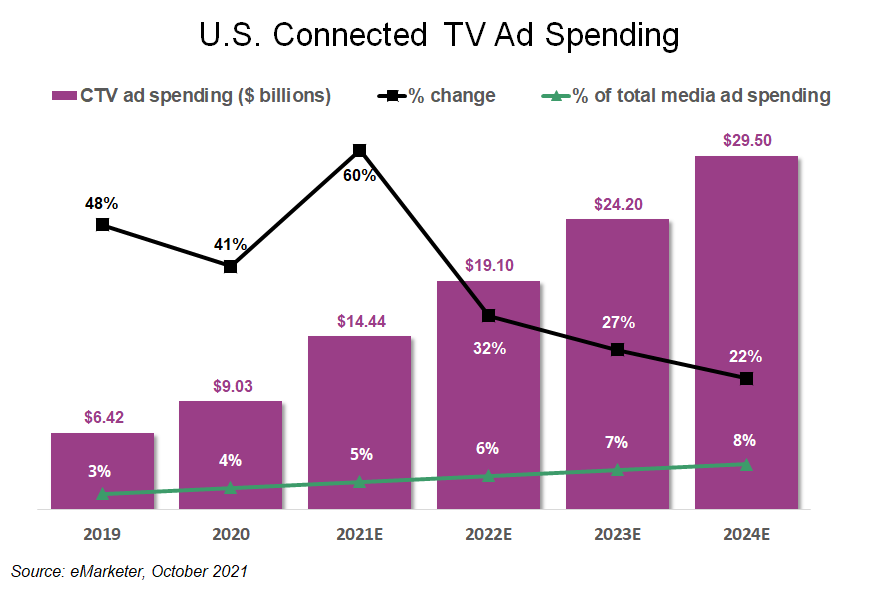Marketers face challenges in reaching consumers who may be spending more time with ad-free video services or dividing their attention among multiple viewing devices. Brand safety and privacy issues add to these hurdles, pushing brands to consider how their ads appears in the context of surrounding content.
“When I think about contextual, it’s all about aligning with the consumer and what they are watching or doing, and also thinking about where they are in their customer journey with your brand,” David Tucker, senior vice president and managing director of U.S. strategy at media agency MAGNA Global, said in this interview with Rob Williams, senior editor for Beet.TV.
Unlocking the Consumer Mindset
Tucker said contextual advertising is much more than using keywords and metadata to determine whether a marketing message is engaging with viewers. Understanding how consumers are actually feeling when they watch video content and ads is more important.
“It’s not just about the content that’s on the page or video that they’re watching, but also their reaction to it,” Tucker said. “We’ve seen in data that we’ve done with the MAGNA media trials team that getting mindset right is really what delivers on that promise of right consumer, right product, right time.”
Results Throughout the Purchase Funnel
Using an “intelligence engine” that goes beyond metadata and keywords to help map the mindset of consumers has positive results in all stages of the purchase funnel. The amount of ads skipped by consumers falls by an average of 16%, Tucker said.

“At the very top of the funnel, you’re actually getting consumers to pay more attention to your ad,” he said. “Once they’ve actually watched the ad, if we’re really capturing them in the right mindset — which a sophisticated contextual engine can do — that drives an increase in search intent, in purchase intent and brand favorability.”
Attention Is a Limited Resource
Contextual targeting increases the likelihood that viewers will pay attention to ads, especially since it relies on more recent data signals that past consumer behaviors.
“Past behaviors are predictive, but the thing about using some of these new contextual solutions is you can really get the consumer in the right mindset at that time, regardless of past behavior,” Tucker said. “One of the interesting things that we found was that contextual targeting really increased the attention that people were going to pay to ads.”
Opportunities in Connected TV
Consumer receptivity to ads increases by 60% when they’re in the right mood to see commercial messages, MAGNA found in its research. The results have significant implications for connected TV advertising that appears on the biggest screen in households.
“We’ve been using these tools in the digital space for display for a long time and now for online video, but rolling it out to connected TV really expands the promise of that channel,” Tucker said. “Now we’re getting people when they’re in the right mood to hear from your brand or product, and that has a lot of power for moving them down the funnel.”
You are watching “Gaining Consumer Attention in a Shifting Media Landscape,” a Beet.TV Leadership Series presented by GumGum. To learn more about GumGum and the Mindset Matrix, please visit this page.

































